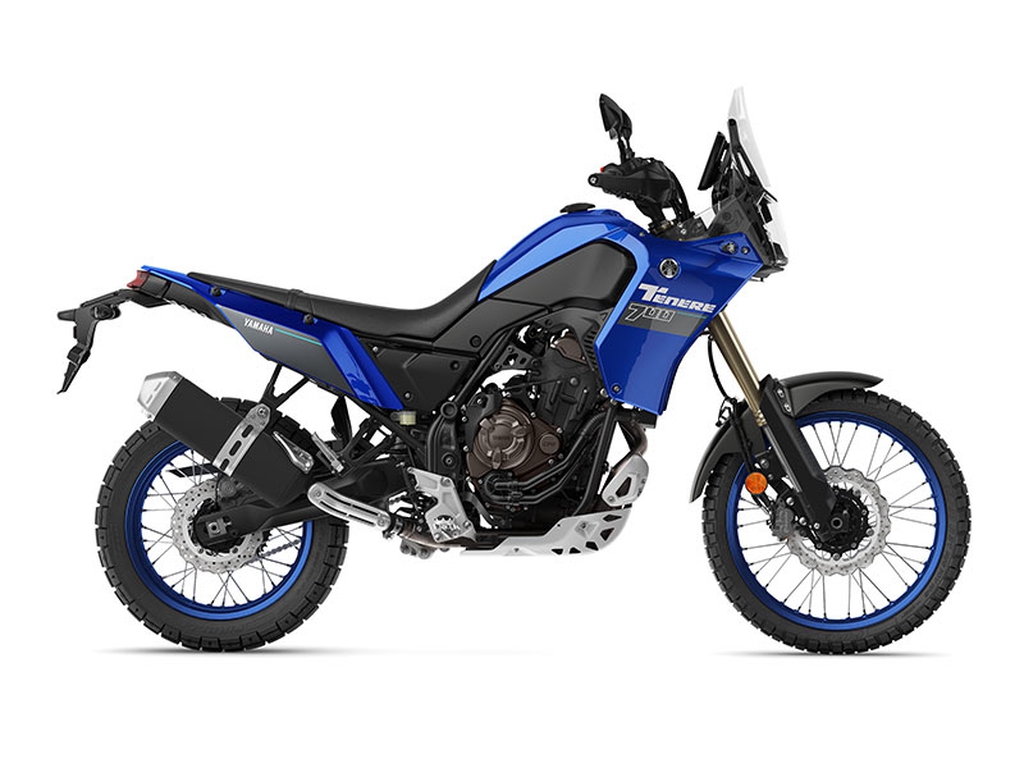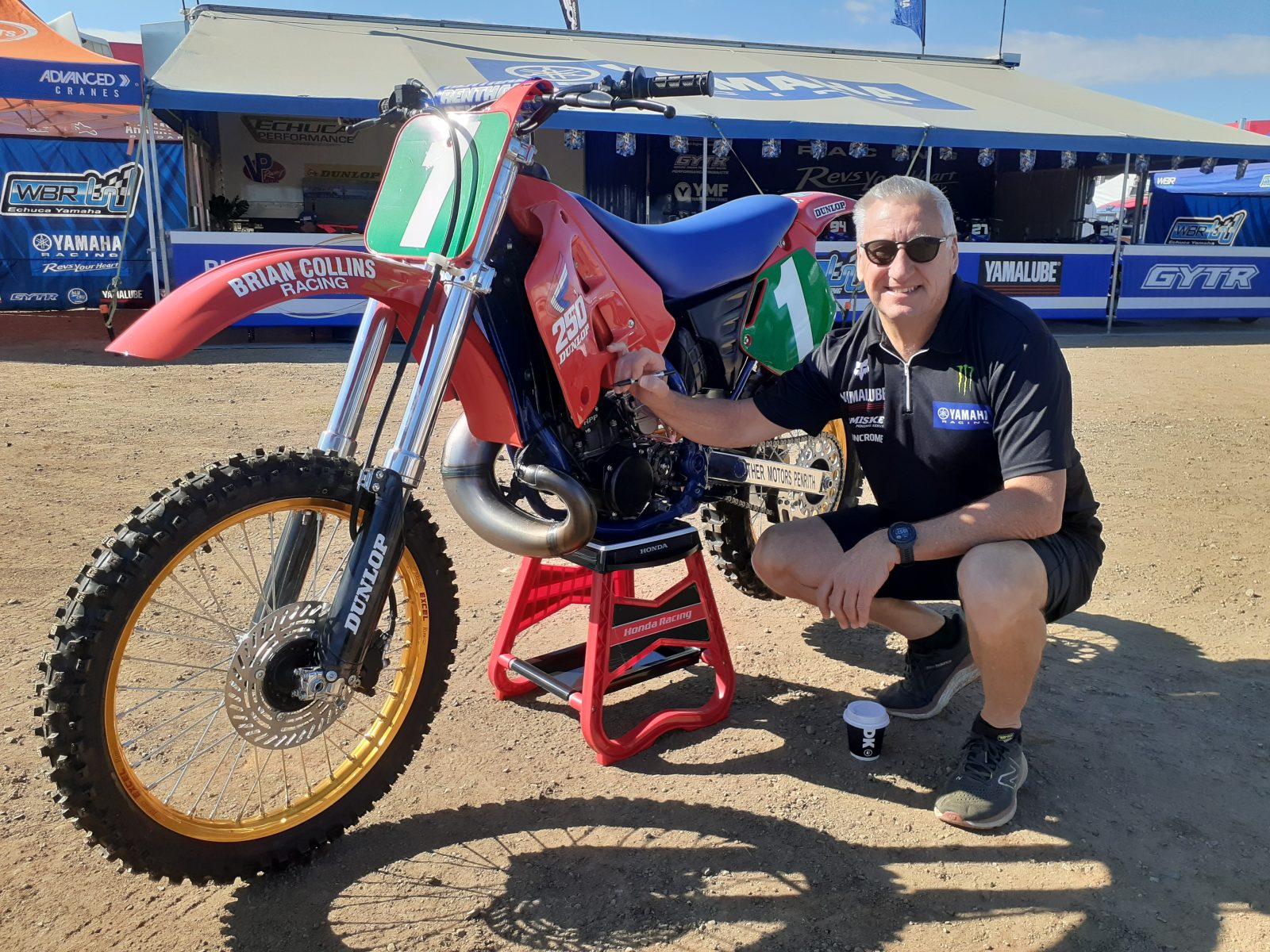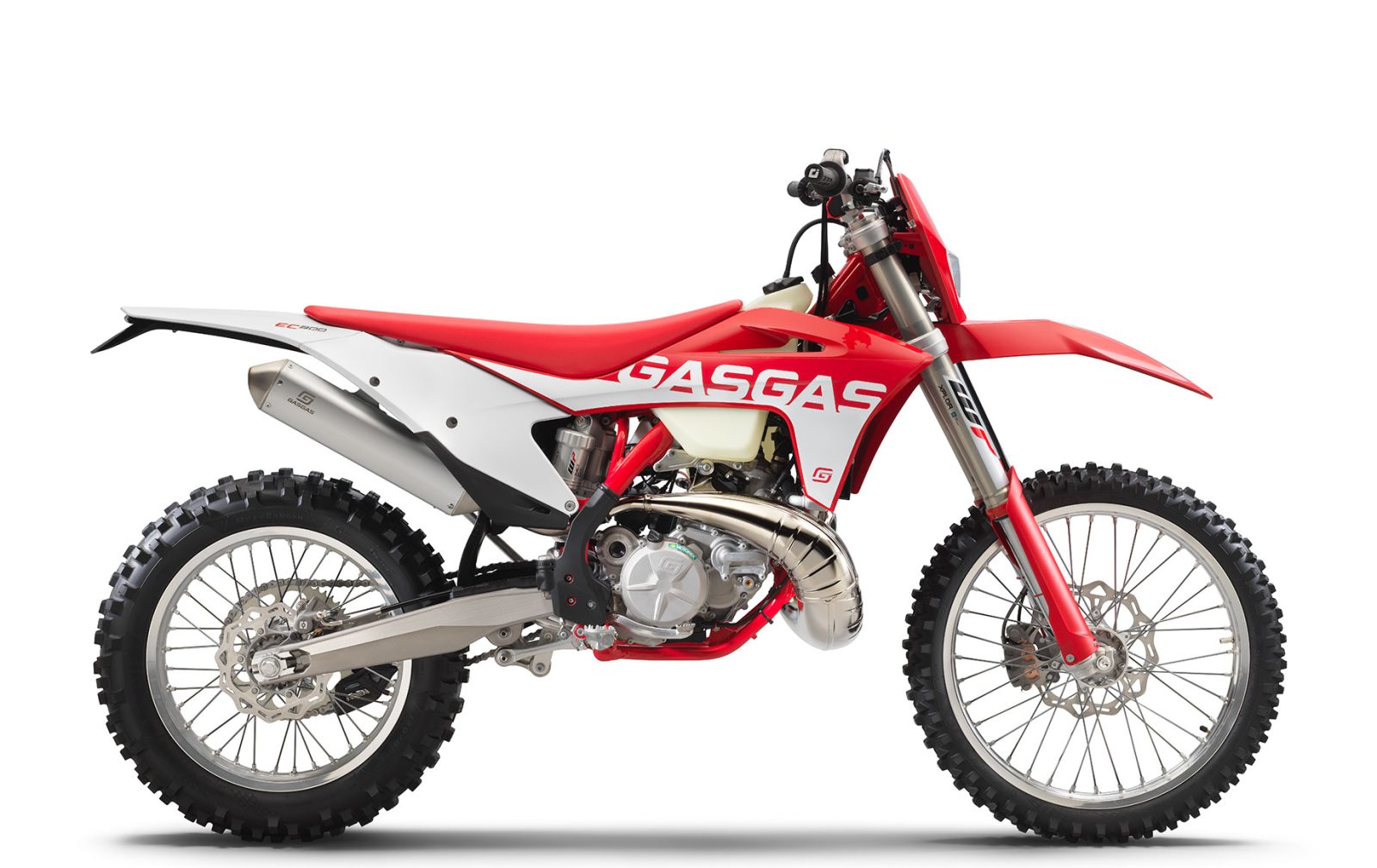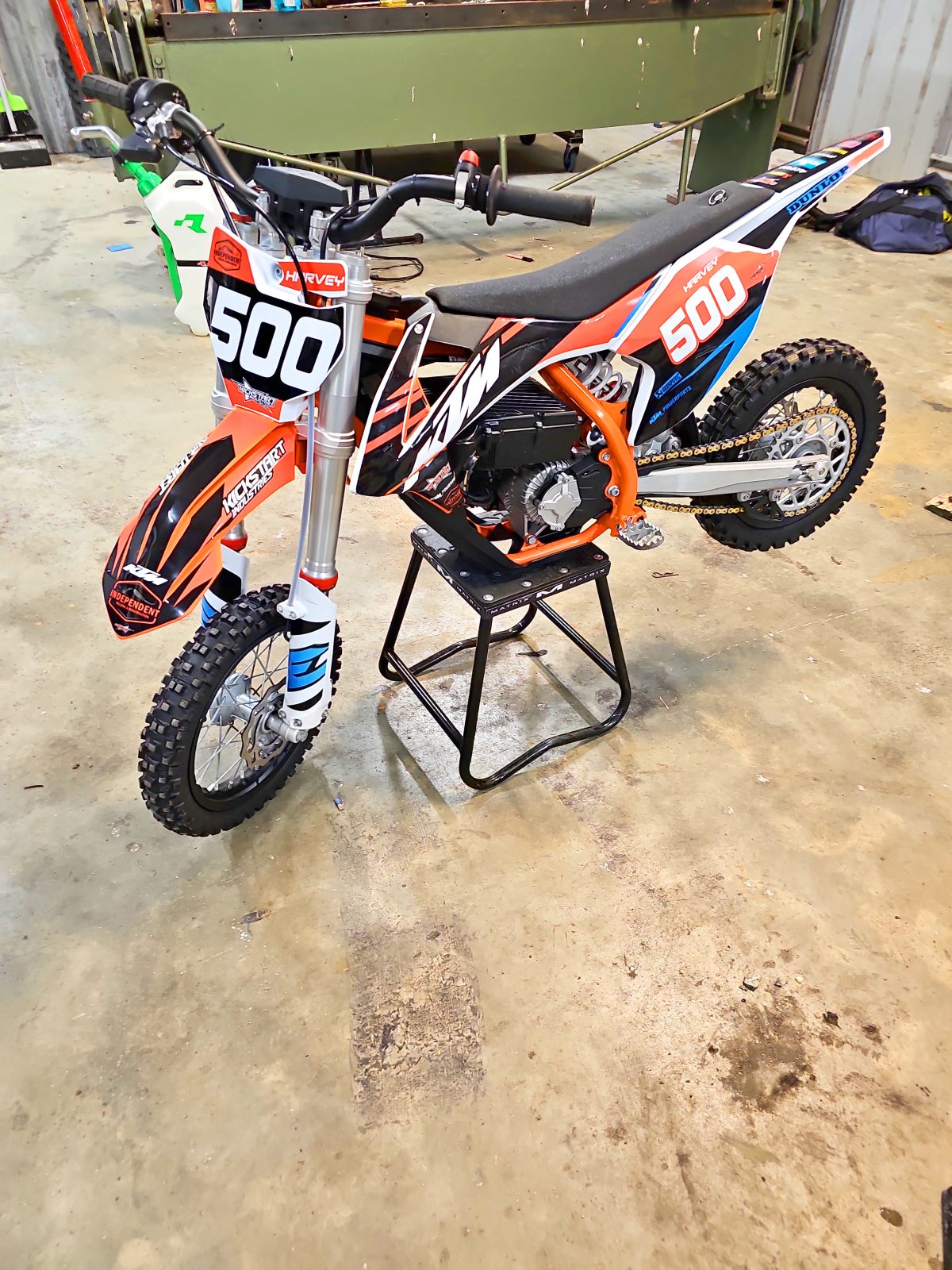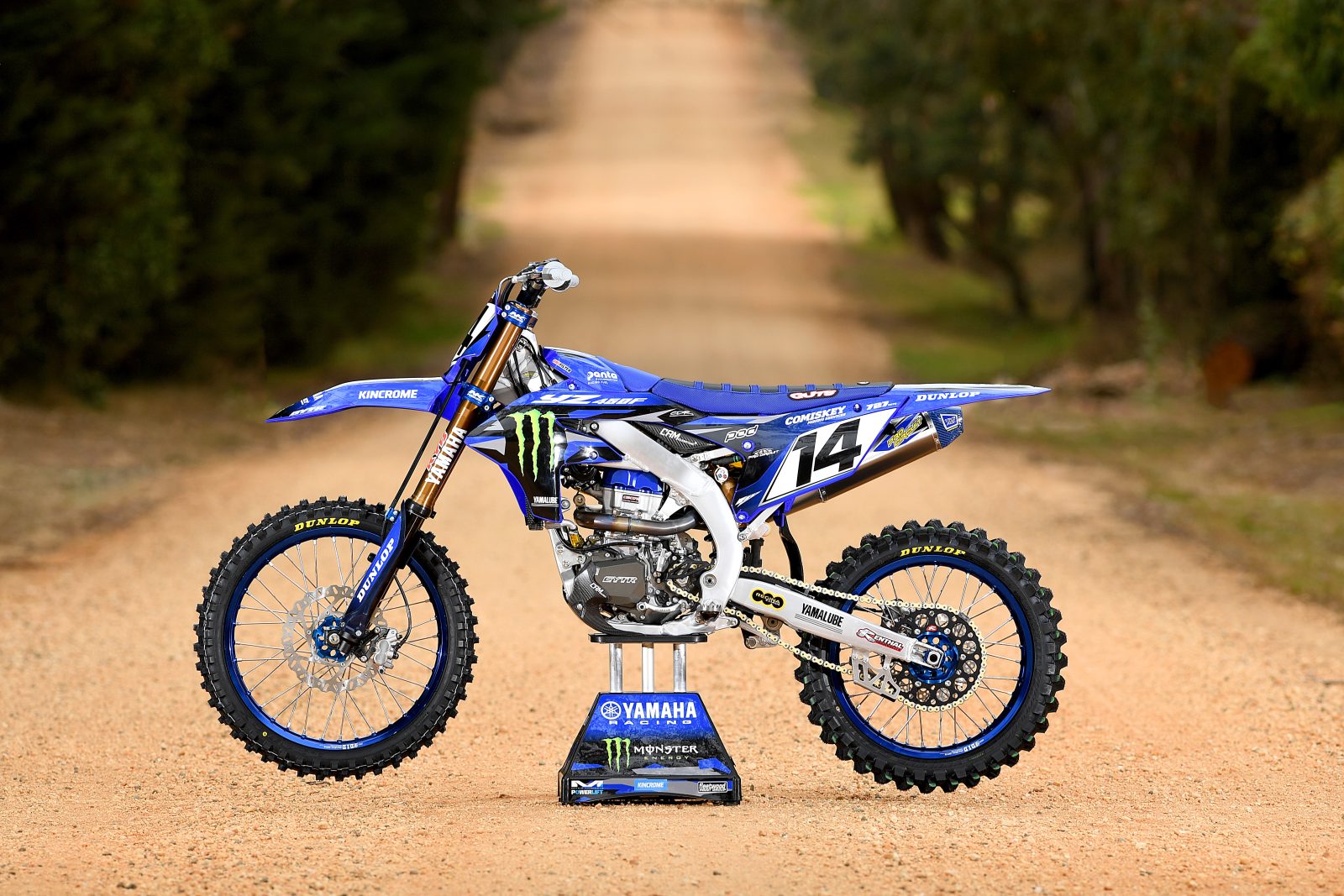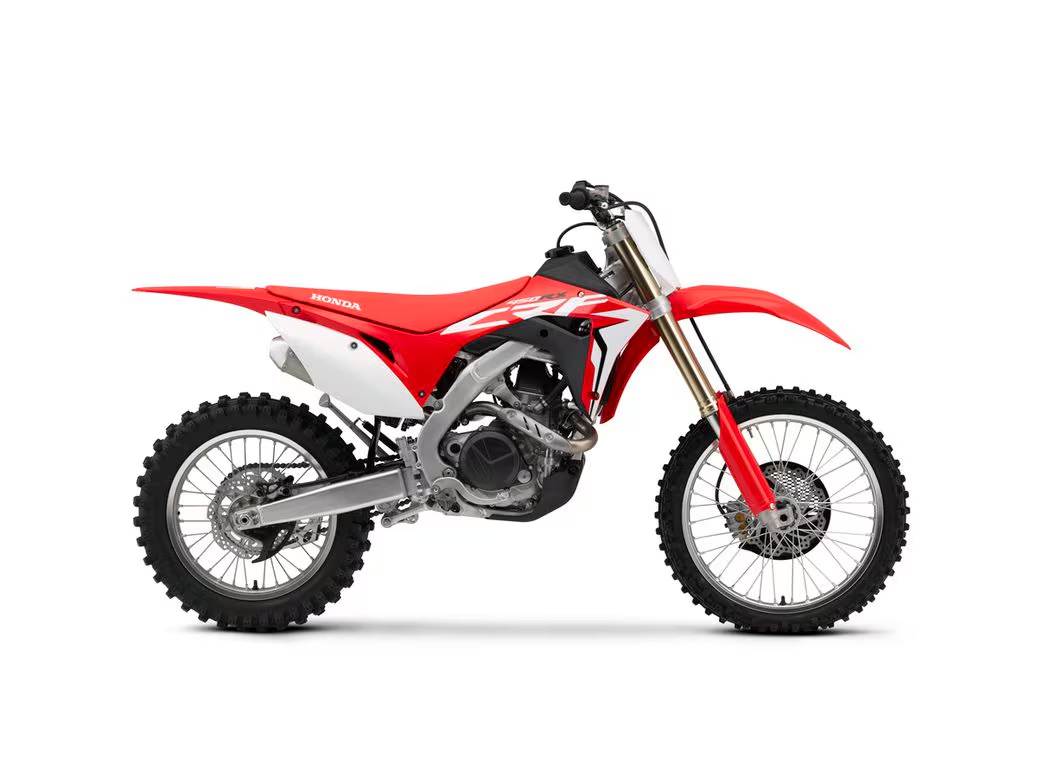If your brake lever has gone spongy, fades or comes all the way into the handlebar and there is no air in your brake line then there is a good chance you need to replace your master cylinder seals.
How to (Pro): Changing Master Cylinder Seals
Step-by-step
1. Undo your line

Start by loosening the reservoir cap screws very slightly, undoing the brake line. Remove the master cylinder from the handlebar and lay it on a clean workbench.
2. Spray your cylinder

Spray it over with parts cleaner and then blow it off with compressed air to make sure the outside of the master cyclinder is clean and free of any dirt or debris.
3. Lift the lid

Remove the reservoir cap that you loosened while the master cylinder was still on the bike, drain all the old brake fluid from the reservoir and then give the reservoir, the cap and seal a good clean out with brake cleaner. Blow the master cylinder dry and then remove the brake lever bolt, lever and any springs and set them aside until later.
4. Boot removal

Remove the rubber boot around the brake piston rod with a small, flat-blade screwdriver. Clean around the circlip with brake cleaner and compressed air. Then use circlip pliers to pop the clip out.
5. Out with the old

Pull out the piston, seals and spring and discard them. Give all the parts that are being re-used a good clean with brake cleaner and blow with compressed air to make sure they are free from any dirt and water.
6. In with the new

Grease the new piston and seals and fit them with the new spring, fitting the circlip as well to hold them in place before installing the new rubber boot. Then reassemble the rest of the master cylinder using grease for the brake lever pivot.
7. Back on line

Bolt the master cylinder back to the bike, refit the brake line and fill the reservoir back up with brake fluid.
8. Pump it up

Pump the lever several times and you should see bubbles coming up through fluid in the reservoir. Once the bubbles stop, bleed the brakes by holding in the lever and cracking the bleed screw on the caliper. Tighten the bleed screw before letting out the lever and then continue this process until all the air and old fluid is bled out of the system and the brake works correctly.
TIPS:
QUICK TEST
A quick test to see if your master cylinder seals are the cause of your spongy brakes is to put a clamp on the brake line at the top.
Make sure the clamp is as close to the master cylinder as possible.
If the lever feels solid then the master cylinder seals are not the problem and you will not have to replace the master cylinder seal.
If this is the case it is more likely that there’s air in the caliper or brake line. Fortunately bleeding the brakeline is much easier than replacing busted seals.
If the lever is spongy then there is either air in the master cylinder or the master cylinder seals are faulty.
It is important that you address the issue as soon as you notice the spongy brake because it won’t better, and the longer you leave it the worse it will get.
DOs
• Always use grease on new seals and pistons
• Always use grease on the brake lever pivot
• Replace the washers on the banjo bolt before refitting
• Make sure the circlip is fitted correctly
DONTs
• Don’t reuse old seals. They will just leak again and the sponge effect will return!
• Use old brake fluid with new seals. Old brake fluid can be contaminated with debris or similar.
• Force the piston and seals into the master cylinder. They should slide straight in easily.
• Over-tighten the brake lever pivot bolt. It will cause the lever to stick.
To receive the latest news, reviews and video highlights from the world of dirt bikes, sign up to our weekly newsletter here.
